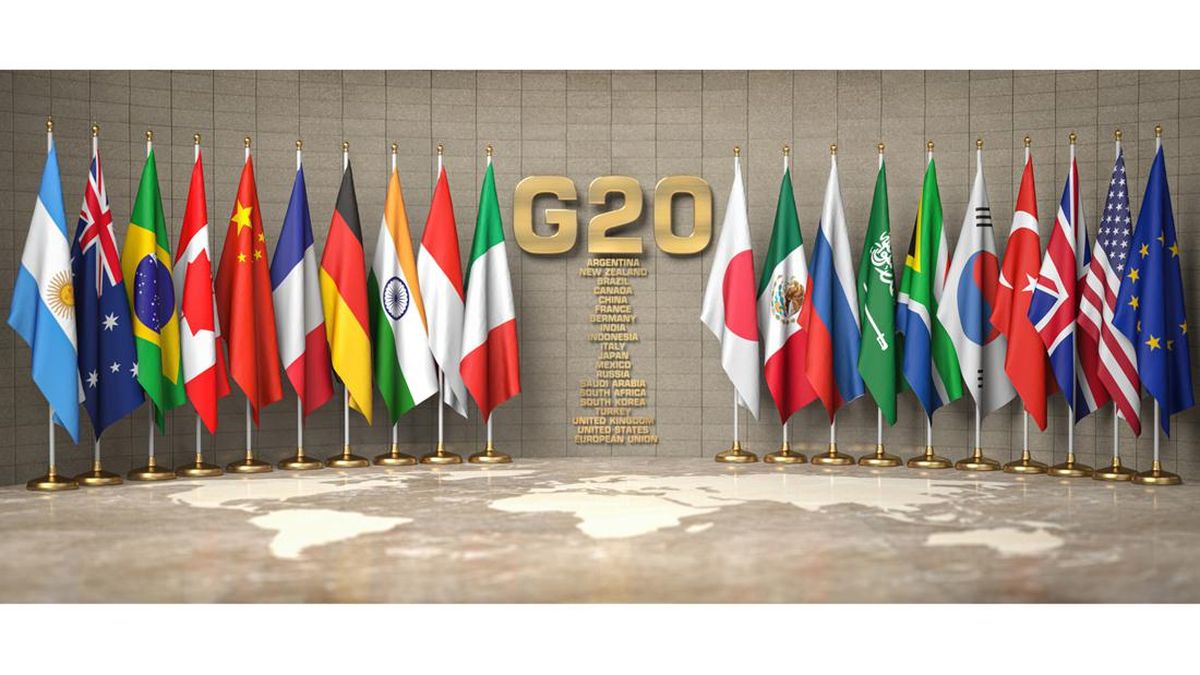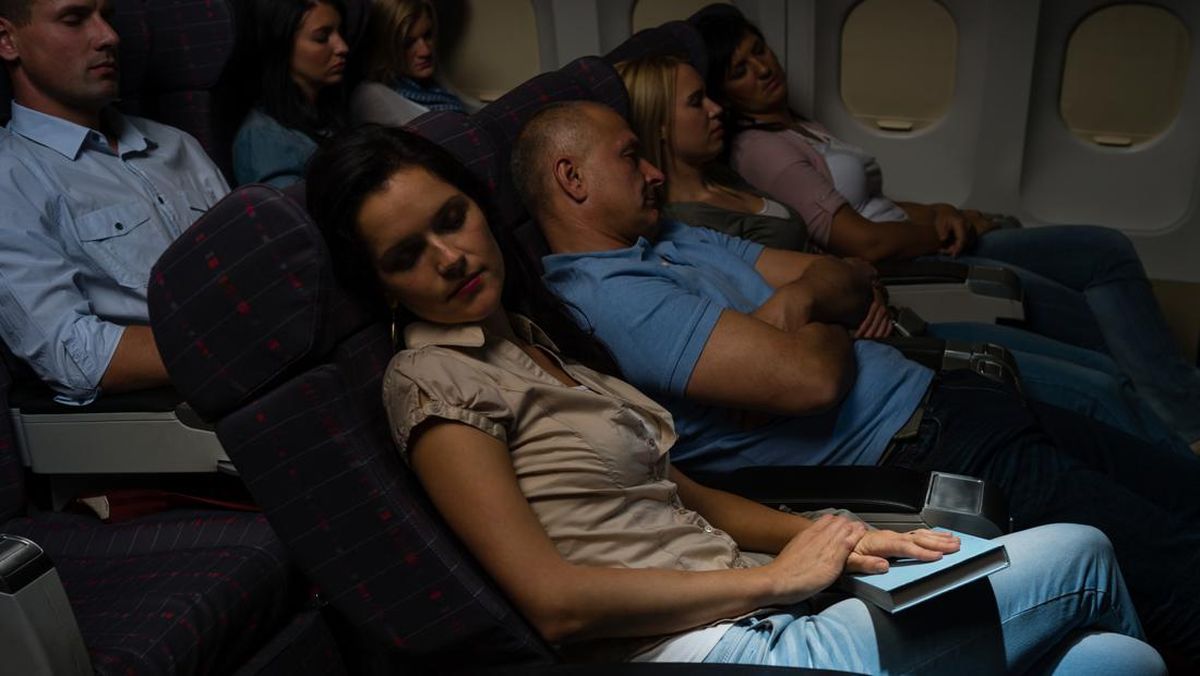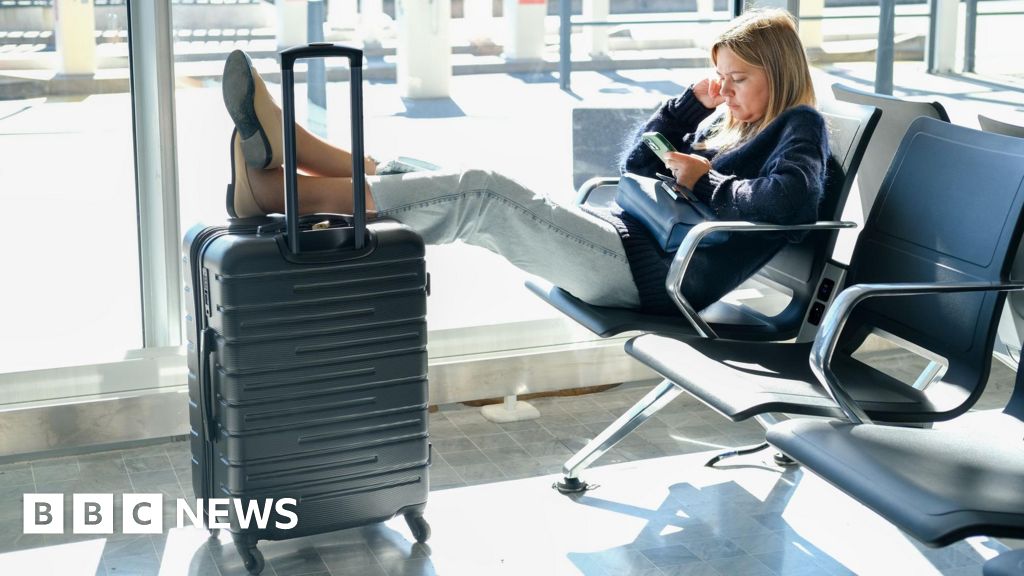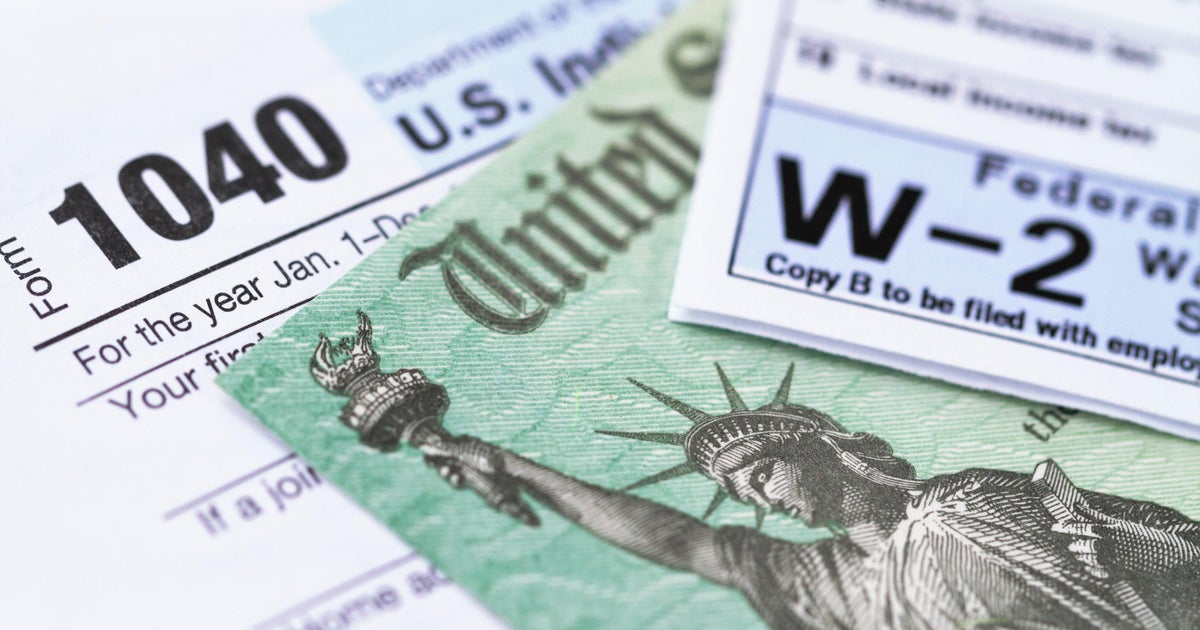Australians travelling to Italy, Spain, and France will be slugged with a new fee next year, which appears to be part of a trend making overseas travel more expensive.
Australians will need to pay €20 ($35.44) per application to visit the bloc of 30 EU states in the Schengen visa-free travel zone, once the European Travel Information and Authorisation System (or ETIAS) becomes operational for visitors next year.
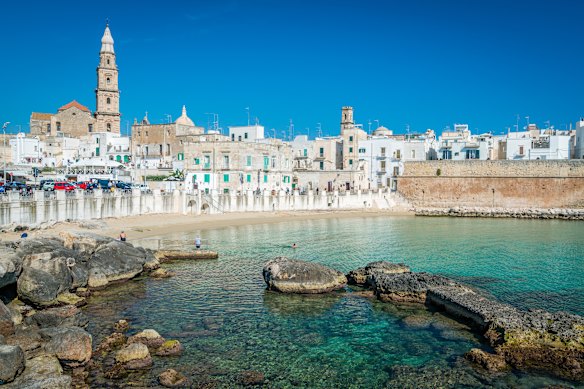
The town of Monopoli in Italy’s region of Puglia. Europe is hiking its fee for entry to the Schengen zone.Credit: Getty Images/iStockphoto
The travel authorisation fee was originally slated to cost €7 ($12.40), but the EU settled on a higher cost.
The ETIAS fee will capture most Australian visitors to Europe - and will function a bit like the US ESTA visa waiver, or the UK Electronic Travel Authorisation.
“Travellers will need to fill out an online application before their trip, providing personal information,” the EU said.
Loading
“The application will be processed automatically, and the traveller will receive a decision within minutes.”
Establishing the fee higher than originally planned for Europe-bound travel will be unwelcome news for Australia’s intrepid international travellers.
The EU announcement comes days after the US government unveiled a new $US250 ($383) fee on applications for visits to the US by Australians ineligible for the ESTA visa waiver program. The change was contained in US President Donald Trump’s “big beautiful bill”.
In making its announcement, the EU said the fee will cover the operational costs of ETIAS and “align the EU fee to the ones of other countries that have similar travel authorisation programs”.
European travel industry groups have expressed “deep concern” over the additional cost on travel to the region. Lobby group Airlines for Europe said: “While the fee may represent a small fraction of overall travel expenses, the cumulative impact on families is not negligible.”

The cost of visiting attractions like Baden-Baden in Germany (pictured) is going up for Australians: Credit: iStock
The EU “referencing other travel authorisation schemes (eg. UK ETA and US ESTA) as benchmarks for pricing sets a concerning precedent”, the group said.
The ETIAS will begin in the last quarter of 2026, the EU said. At this point, the EU advises Australian travellers that they don’t need to do anything.
“The European Union will inform about the specific date for the start of ETIAS several months prior to its launch,” the EU said on its site.
To date, bottomless demand for European travel has shown little sign of weakening, even as Australians increasingly travel on shoulder seasons.
Travel booking company Webjet said that increasingly the busy EU summer period is no longer limited to the northern summer, running from June to August.
“Aussies are also opting for European travel in May and September at similar levels,” said a spokeswoman for the company.
May 2024 departures accounted for 11.3 per cent of all flight bookings to Europe that year, while September departures made up 12.6 per cent of all flight bookings to Europe that year.
This was comparable to 2024 flight bookings for travel in the peak season July of 12.6 per cent and August at 12 per cent, Webjet said.
“We’re seeing bookings this year remaining at similar levels in May and September versus last year, showing a longer Euro summer is still proving popular this year,” said a spokesperson for the company.
The Business Briefing newsletter delivers major stories, exclusive coverage and expert opinion. Sign up to get it every weekday morning.
Most Viewed in Business
Loading









